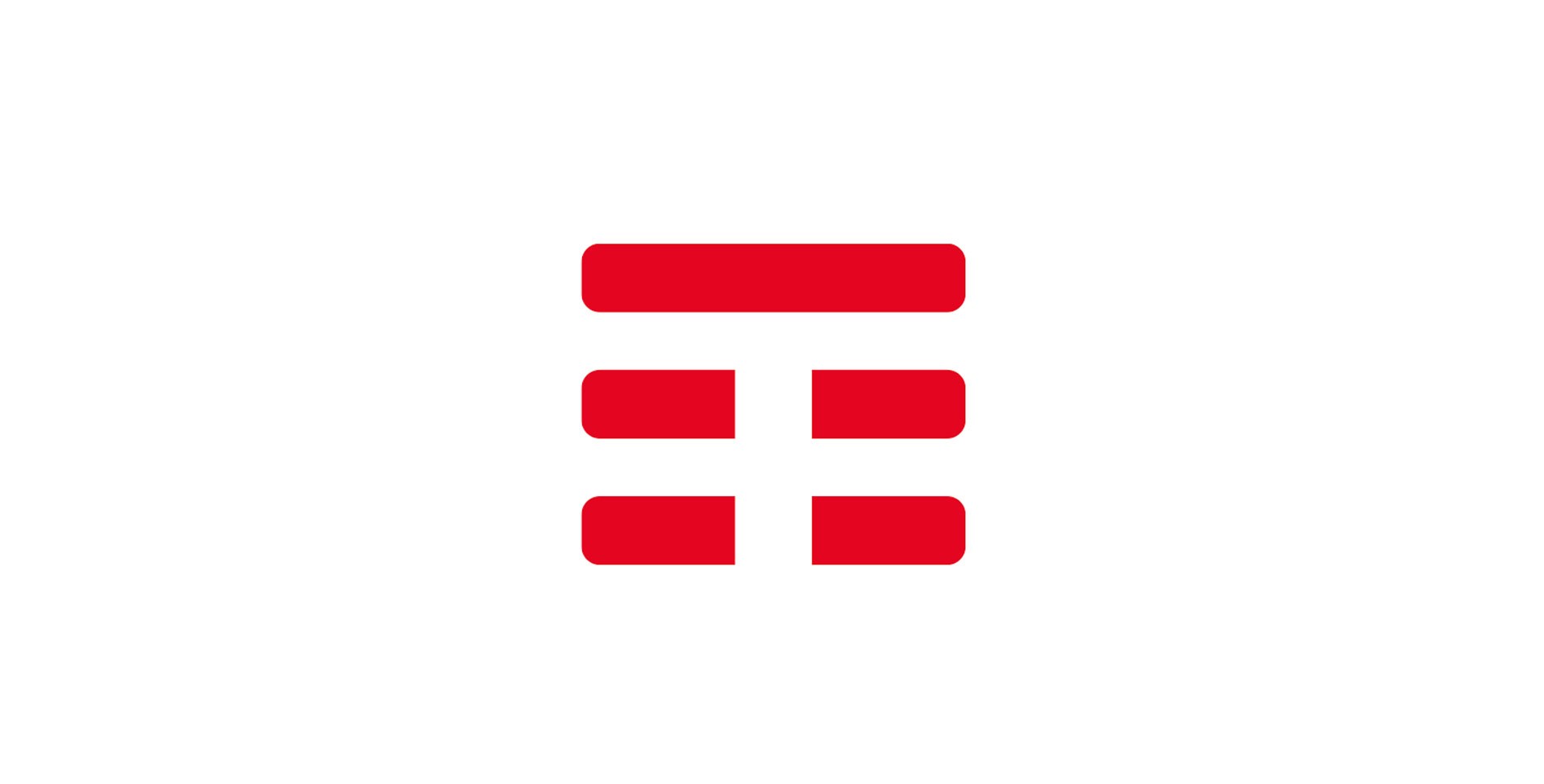Tim Armstrong Rancid - Exploring Digital Connections And Everyday Tools
In our modern world, where screens and connections shape so much of what we do, it's pretty common to think about the tools we use. We all have those everyday applications that help us chat with friends, get work done, or simply stay in the loop. These digital companions, you know, they really do become a big part of how we live our lives, whether we're talking about simple messages or bigger, more involved tasks.
Sometimes, a particular digital tool, like the one we call "Tim," pops up in conversations, and it seems to carry a bit of a story with it. People might wonder if it’s a smooth operator or, perhaps, a bit like something that could feel, well, a little bit "rancid" when it comes to certain things. We are, more or less, always trying to figure out which tools truly fit our needs and make our daily routines a bit easier, or at least less complicated.
This discussion about "Tim" touches on a lot of different aspects, from how it feels to simply send a message to its place in serious academic circles, and even how it fits into the broader world of online content creation. It's a look at how one piece of software, or even a name like "Tim," can mean so many different things across our varied digital experiences, and how people, like your everyday user, interact with it all.
Table of Contents
- The Digital Life of Tim - A Personal Look
- Tim's Technical Footprint - A Deeper Dive
- Tim in the Academic World - A Strict Standard
- Creative Platforms and Tim's Role - A Broader View
- The Community Factor - Connecting People
- Zhihu - A Place for Shared Wisdom
- Optimizing Your Digital Setup - Practical Advice
- Final Thoughts on Digital Tools and Connections
The Digital Life of Tim - A Personal Look
When we think about our day-to-day chats, the "Tim" application, it turns out, is quite pleasant to use. Many people, actually, have made the move from using QQ to this other option, Tim, for their regular conversations. It seems to keep things simple, without those extra little features or daily check-ins that can, you know, sometimes feel a bit much. This makes it a pretty straightforward choice for just talking to folks.
Tim's Everyday Interactions: Is it More Rancid Than You Think?
However, when you try to get Tim to play nice with other software you might use, that’s where things get a little less friendly, apparently. It’s like it prefers to keep to itself, which can be a small snag if you’re someone who jumps between different applications a lot. So, if your QQ use is mostly for work or just quick messages, that might be a point to think about. It’s a bit of a mixed bag, isn't it, when a tool is great for one thing but less so for another?
Tim's Digital Profile
| Type of Tool | Messaging and Productivity Application |
| Primary Use | Daily communication, office work |
| Key Feature | Cleaner interface, less clutter compared to QQ |
| Known Challenge | Less friendly with other software, higher memory usage |
| Screen Mirroring | Not ideal; QQ better for privacy |
| User Migration | Many users shifted from QQ to Tim |
Tim's Technical Footprint - A Deeper Dive
There's something else to consider about Tim: it seems to take up a bit more room on your computer's memory compared to QQ. This is pretty interesting, especially if you're someone who keeps an eye on how much space your programs are using. So, if you've got a work computer that's got some good power behind it, using Tim might be a fine choice because, as we mentioned, it does feel a bit cleaner overall. It's a trade-off, really, between a lighter feel and perhaps a larger appetite for resources.
Managing Digital Space: A Tim Armstrong Consideration
But, and this is a pretty big "but," if you ever need to share your screen, like for a presentation or a call where you’re showing something to others, then QQ might still be the way to go. The reason is that QQ keeps your contact list and your chat window separate, which is kind of neat because it helps keep your personal stuff private when you’re showing your screen. So, in that case, the privacy aspect is something that really makes a difference, you know? It's all about picking the right tool for the job, in a way.
Tim in the Academic World - A Strict Standard
Now, shifting gears a bit, the name "Tim" also pops up in a completely different context: academic publishing. When it comes to articles about instruments and measurements, the IEEE TIM journal is considered a really important publication. It's thought of as a top place to share research, even though some groups, like the Chinese Academy of Sciences, might list it a little lower, like in their second tier. This just shows how different groups can see the importance of things in different ways, doesn't it?
The Rigor of Tim Review: A Rancid Test for Ideas?
The process of getting your work published in IEEE TIM is, quite honestly, very thorough. The people

TIM Group | TIM: Board of Directors approves TIM’s 2024-2026 ‘Free to

Telecom Italia : CONCORDIA

TIM Logo Color Codes - 2 Difference RGB, HEX, CMYK